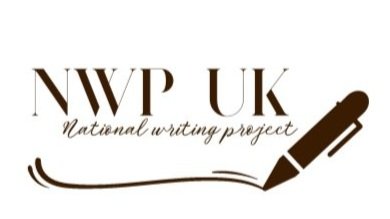Lecturer in Primary EducationTeresa Smith writes about creating polyphonic portraits at an NWP meeting
How can we create multi-dimensional characters in our writing? Do we truly acknowledge and honour this multiplicity of children in our classes: their other worlds, the bits that other people see of them, beyond our classroom walls? A recent NWP meeting helped me to to reflect on ways that we might.
We met in a café courtyard in Norwich; a small group, buoyed by the sunshine and blue skies.
We started by paying attention to sounds around us, followed by a wonderfully quick ‘drawing heads’ activity that developed into snippets of conversation and dialogue – we drew and gave voices to children on a playground and in the classroom, people at a gig, busy shoppers in the market.
Jeni Smith shared her current reading, Kala by Colin Walsh, in which the presentation of the title character is done solely through other people’s alternating first-person narratives. Walsh says, ‘Each one of us is plural, infinitely various. To be human is to be a self-contradictory site of permanent flux.’ And so, we each thought of a person to create a ‘polyphonic portrait’ of, trying to make them come alive through other people’s dialogue about or presentation of them.
It was not easy! But it influenced further discussions about the patchwork identities we all hold and of the multi-layered identities of the children we teach. It is all quite slippery, yet powerful stuff to think and write about. Perhaps you can think of someone who would be interesting to write about in this way.
Talk was abundant today. We shifted to the richness of school spaces and people as a source of inspiration for writing. We noted the importance of looking and noticing the world around us. We discussed the need for space and time to play, revise, come back to, think about, and explore ideas for creative writing – and how often it is those very things that we deny children. We considered the interweaving of drawing, writing, thinking, and how each one complements and supports the others. We all agreed that writing benefits from a good dose of divergent thinking, as opposed to convergence to the same outcome. I think it can also require a dollop of bravery, and encouragement to take a risk, in a safe space. To not say sorry for it.
I always enjoy the eclectic points of reference on offer in these meetings - a frame to follow (four lines to introduce a sound), pages from a Quentin Blake book, a Poem on the Underground, a current reading book. Prompts so rich that any one of them could have taken up the whole meeting. Yet we paused to write, share, and then move on from each, and that pattern created thinking and writing pathways that met and joined up in places, everyone finding resonance with each other’s writing in a criss-cross, spaghetti-junction type of way. That is one of the beautiful things about writing and sharing in a group. What can seem so difficult when trying to write in just my own company, feels so much easier when amongst others.
So, my request is that we give more attention to all these things that surround and gently cradle the act of writing: safe spaces, affirmation, drawing, encouragement, divergent outcomes, time, and no apologies – these are powerful components for both writing adults and writing children.
Of course, the sunshine, blue skies, a cup of tea and a cake certainly help too.

